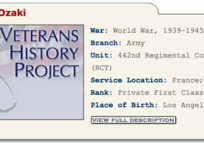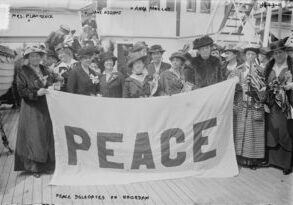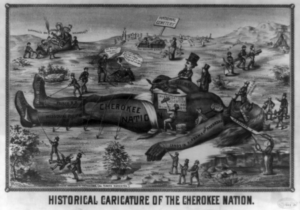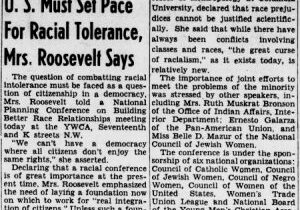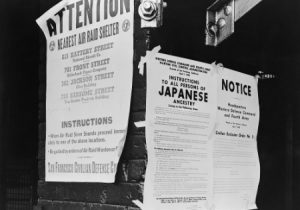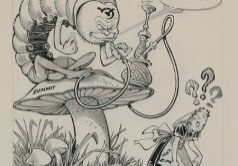Lesson Plans
Digital Stories of Our Heroes
Students learn about U.S. history while adding to the collective American memory as they use interview and digital presentation skills to discover, elicit, and relate the stories of local veterans and others who contributed during times of conflict.
Alice Paul and Strong Women
Students analyze primary sources and the poem "Alice Paul" by Katharine Rolston Fisher to gain a deeper understanding of women suffragists and to make comparisons with a strong woman that they know. After, students might interview the woman or write a poem about her.
One Today
Students analyze historical primary sources to deepen their understanding of presidential inaugurations, then read and listen to the inaugural poem, One Today, that Richard Blanco wrote and delivered at President Barack Obama's second inauguration in 2013. After, students consider their to hopes and dreams for the United States and create a poem to deliver at the next presidential inauguration.
This Is Not a Small Voice
Students analyze photographs from the 1963 March on Washington for Jobs and Freedom and read the poem, This Is Not a Small Voice by Sonia Sanchez to consider the power of using one's voice. After, students consider how they could use their voices and create a poem inspired by the one they just read.
Was Jane Addams a Wonder Woman in History?
Students analyze primary sources to investigate the life and deeds of Jane Addams, ultimately making an argument to recommend to answer this compelling question. After, students will review actions people can take to get qualified women to run for political office and then write a note to a woman they know, or their future selves, encouraging her to consider running.
Removal of the Cherokee
Students analyze primary sources to investigate the removal of the Cherokee from their lands in the state of Georgia, then participate in a mock Congressional debate on the Indian Removal Act. After, students create a product of their choice that explains, and defends the rights of a minority group whose rights are being denied in order to serve the needs of the majority today.
Setting the Pace for Racial Tolerance
Students analyze an historical newspaper article to learn about a 1944 conference on building better race relationships and identify the claim that keynote speaker first lady Eleanor Roosevelt made about the need for the U.S. to set the pace for the rest of the world and provide supporting evidence for that claim. After, students consider the relevance the article has today and create a product to demonstrate their understanding.
I’m More Than You See
Students learn about Maslow’s Hierarchy of Needs and use primary sources to cement their understanding. Then they reflect on the identities of others and how people’s basic needs affect their own stages of needs on the road to achieving their full potential. After, students will work in small groups to discuss how understanding these different levels of needs could help people in their school or local community reach their full potential. Then they create a poster with examples from their discussions, illustrating people at each level on the road to self-fulfillment.
Which Is More Important, Individual Privacy or Public Safety?
Students will analyze primary sources to learn about Japanese internment following the attack on Pearl Harbor and consider how American attitudes towards the internment have shifted over time. After, students will consider if the surveillance of American phone/internet/email records is necessary and appropriate in order to protect national security in the 21st century. Once they have chosen a particular issue and their opinions about it, students will and design a social media campaign to raise awareness in support of their view.
What Are the Props Behind Propaganda?
Students learn about the "props" or techniques political cartoonists to present a view on an issue ("propaganda"). Next, they analyze a series of Cold War political cartoons to investigate issues and perspectives related to the Cold War. After, students create their own political cartoon on a contemporary issue.
